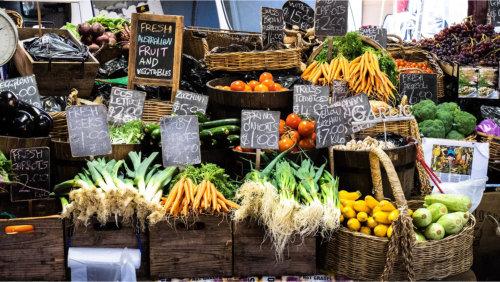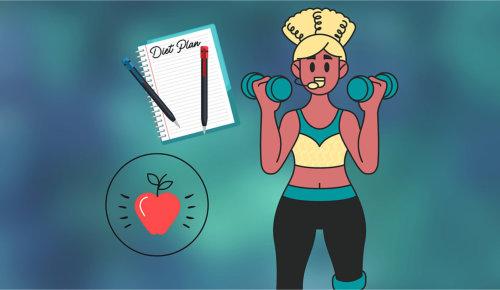There is a lot of temptation at the grocery store. We
have an incredible number of foods we can load our baskets with. Still, we can all aspire to healthier eating, and that begins with healthier shopping. How can we do that at our modern grocery stores?
1. Begin with a plan. Make out a menu for the week, taking into account family
activities. (If Susie’s softball practice goes until 7, it is nice to come home to a meal from the slow cooker.) Include a couple of alternate meals in case you cannot find all the ingredients you need for one or two on the plan.
2. Make a list. Group like-foods (produce, meats,
dairy, etc. together) on the list. Try to backtrack through the store as little as possible.
3. Shop alone if you can. The more people in the shopping group, the more likely less healthy food will end up in the basket.
4. Don’t shop when you are hungry. We have all heard this, and it is true. Junk food seems to look especially good when our tummies are growling.
5. Shop the perimeter. Think about your local grocery store. Produce, meat, dairy, and bread tend to be on the outer edges of the stores.
6. Make it a goal to fill half your cart with produce. Try new vegetables and fruits. Choose seasonal produce if you can. It may not have had to travel as far to reach the store...and may be much fresher. Think color. A variety of colors generally gives us a variety of nutrients.
7. Shop for lean cuts of meat. And limit consumption of processed meats like hot dogs, bacon, salami, etc. They are usually loaded with nitrates, nitrites, and sodium.
8. Look for whole grains. When buying bread, look for items that
list a whole grain first. Breads listing white flour or multigrain flour as the first ingredient are generally less healthy than those that begin with a whole grain.
9. Convenience is okay for items like pre-washed salad greens, pre-cut veggies, or pre-grilled chicken. You will pay
more for it, but it may be worth it.
10. Check the sell-by or use-by date. Sometimes you may get good buys on foods, but if you cannot use or freeze them immediately, they may go bad.
11. Frozen veggies and fruits are often a good buy as well as healthy. But avoid those in sugary syrups. And look for canned vegetables or fruits without added salt or sugar.
12. Read labels. Avoid high fructose corn syrup, hydrogenated oils, artificial ingredients, etc. Usually found in processed food.
13. Don’t buy the unhealthy stuff. Chips, packaged cookies, etc., may be a nice treat occasionally in small
quantities. But sometimes they are simply too much temptation. If they are not in your house, you won’t eat them.
Shopping healthy can be done. It may take a little practice, but the results are well worth it.












